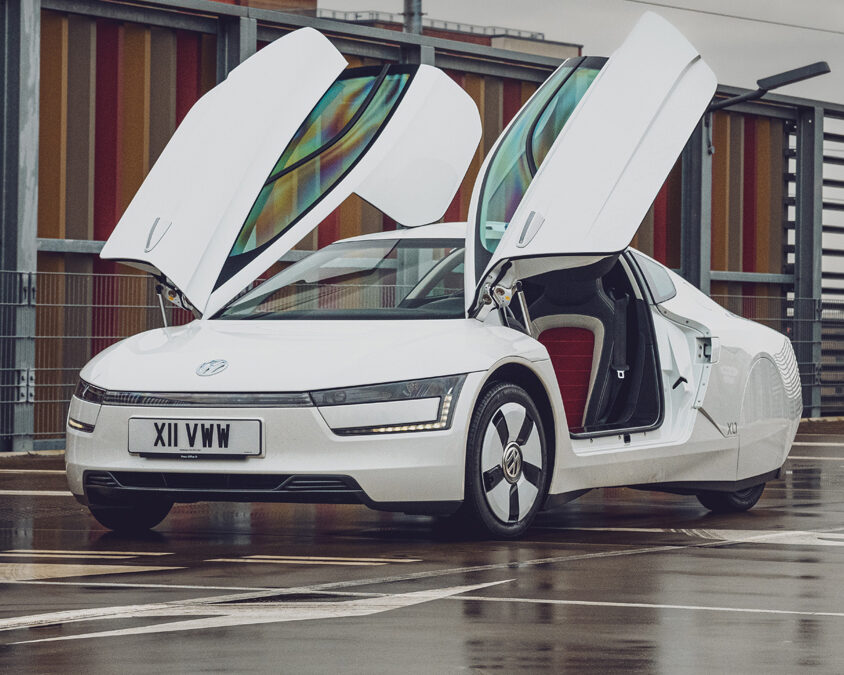This car turned more heads than anything else I’ve driven – and it’s a decade-old diesel
The VW XL1 is motoring’s Concorde moment – a technically advanced and stunningly designed vehicle that was just too expensive to make sense
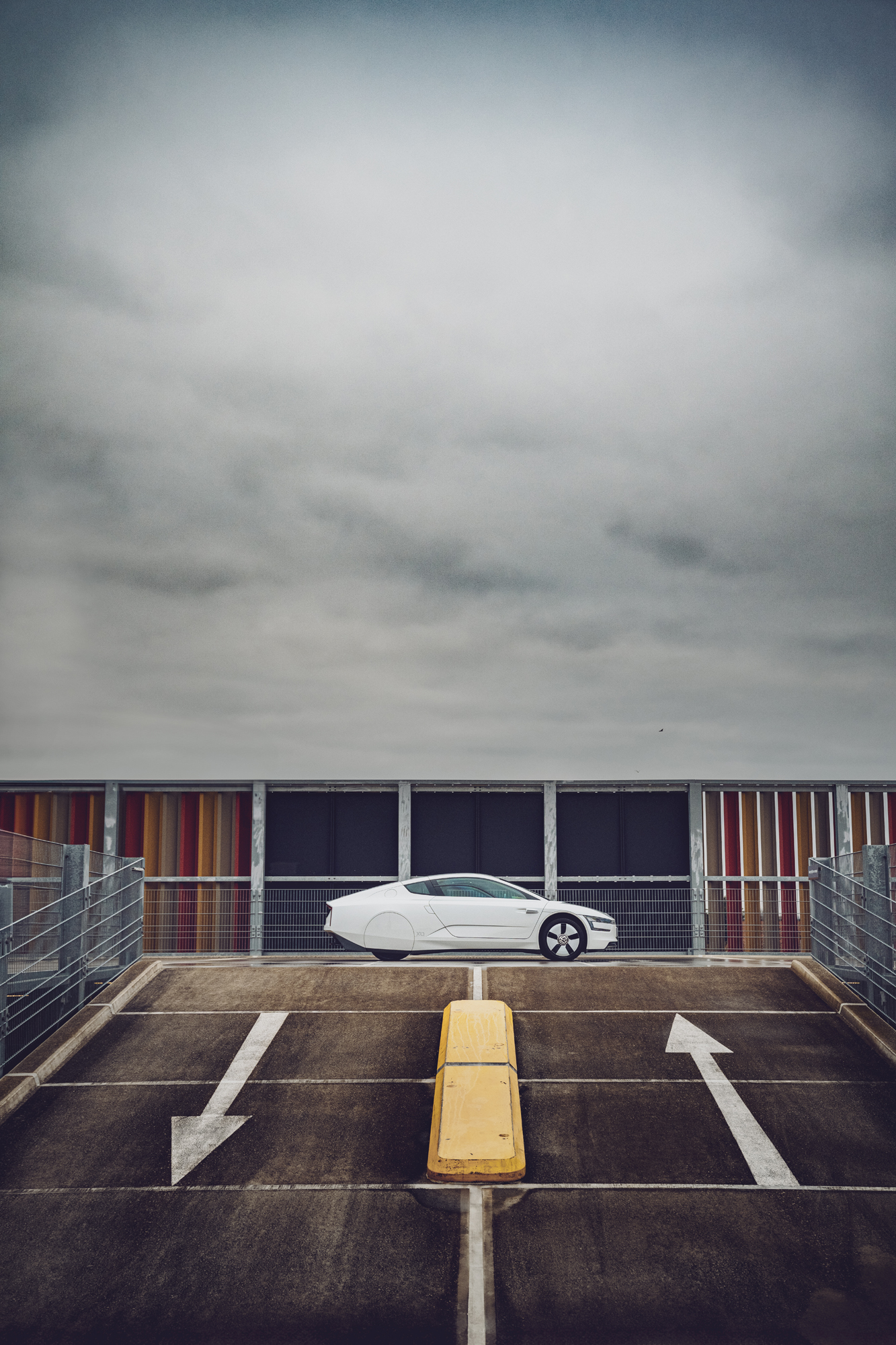
If you imagine a £99,000, mid-engined, gullwing-doored, two-seater coupe crafted from F1-spec carbonfibre, the chances are you’ll probably picture something wearing a Ferrari or Lamborghini badge. So the VW logo adorning the bonnet of the XL1 makes it all the more startling.
Unbelievably, the Volkswagen XL1 hails from a decade ago and remains the most fuel-efficient production car ever sold. This tiny slice of exotica was built in minuscule numbers between 2013 and 2016 and remains a rare sight; just 200 were sold to the public worldwide and registration data suggests just 24 reside in the UK. You’ve probably never seen one on the road – and if you do, you’ll never forget the sight.
Piëch first announced a project to develop a radical ‘one-litre car’ at the company’s annual conference in 2002

It turns more heads than your average McLaren or Maserati. I’m lucky enough to have driven many supercars from the past three decades and I assure you more people stop and stare when you drive past in an XL1. It’s probably to do with its diminutive size (it’s a tiny slip of a car at less than 3.9 metres long), its extreme aerodynamic teardrop shape and – yes – the incongruity of that ‘people’s car’ badge. It’s unlike any other VW built before or since.
The radical engineering showcase was conceived by Ferdinand Piëch, the Austrian engineer and business visionary who shaped the modern Volkswagen Group. The grandson of Ferdinand Porsche had a profound impact on its product strategy, brand portfolio and technical prowess: Piëch oversaw the acquisition of Bugatti, Bentley and Skoda; masterminded iconic performance cars such as the Audi Quattro, Porsche 917 and Bugatti Veyron; yet also pioneered research into much less sexy areas such as high-volume platform-sharing and extreme fuel efficiency.
Piëch first announced a project to develop a radical ‘one-litre car’ at the company’s annual conference in 2002. That’s not engine size – rather an efficiency target of using one litre of fuel to travel 100km (62 miles). That’s an extraordinary 282 miles per (imperial) gallon. Bear in mind, a typical family car two decades ago would average around 35mpg.

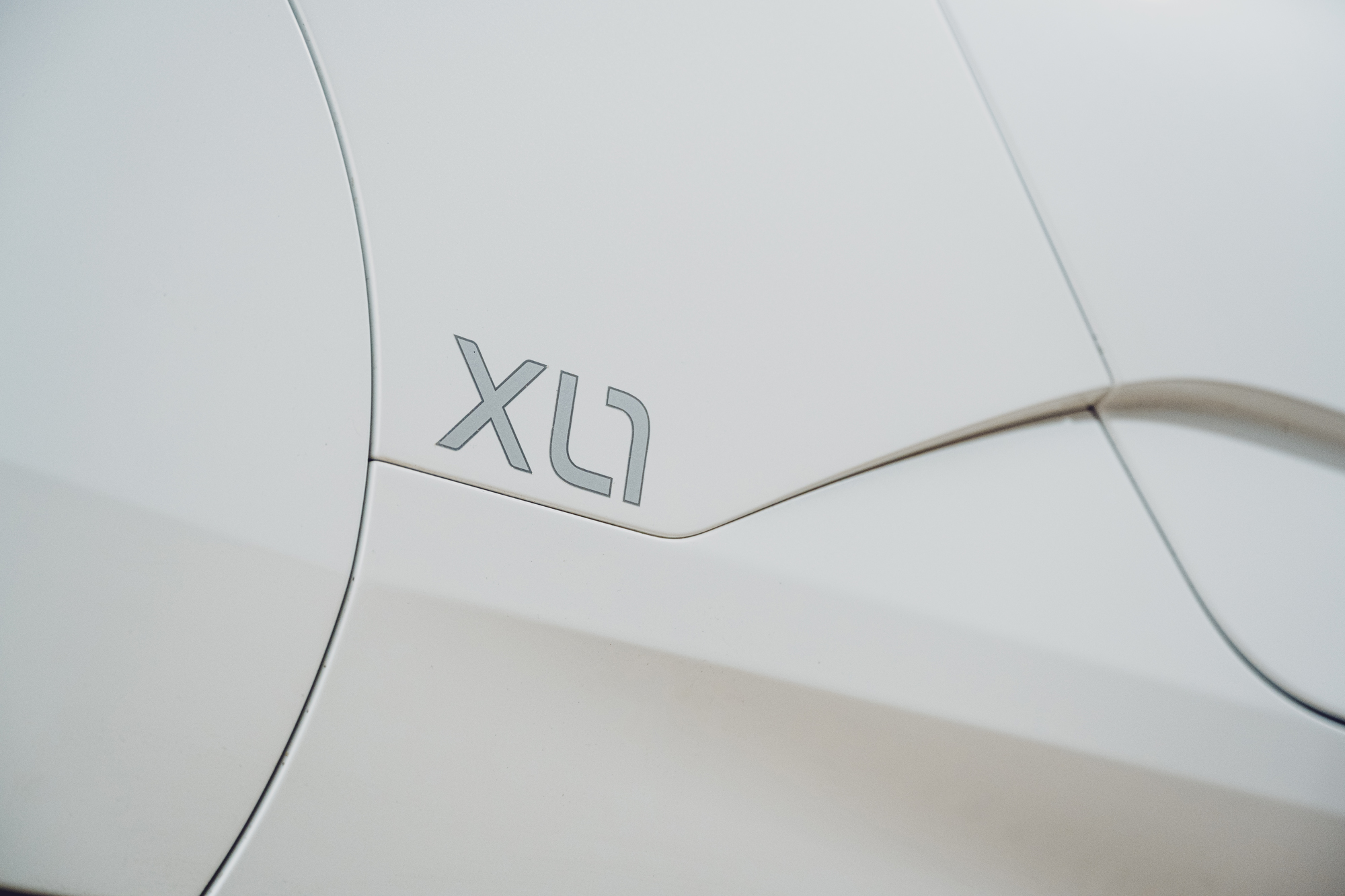

The engineers got to work and spent the next decade pondering how to make a hyper-economical car a reality. Two concepts were shown at motor shows, each testing outlandish aerodynamic bodywork, radical decontenting, and diesel powerplants designed to eke out every joule of energy. The showroom version was unveiled in 2011, with low-volume production starting in 2013 and lasting for three years. The engineers did themselves proud, surpassing their target with an eventual combined fuel consumption figure of a mind-scrambling 313mpg. It’s practically teetotal.
That sleek bodywork was honed in a wind tunnel to cleave the air with maximum efficiency. It’s why the rear wheels are faired in, to reduce aerodynamic drag, and why it’s as low as a supercar, rising just 1153mm from the tarmac. There are no door mirrors (the XL1 was an early pioneer of rear-view cameras – still seen as a new-fangled innovation on cars launched today). And the front tyres are almost comically thin, more like something from a mountain bike than a car, to reduce the frontal area of the car. The overall drag coefficient stands at a super-slippery 0.189.

To put that in context, no production car on sale today can carve through the air as efficiently, even a decade on. The next nearest contender, the Mercedes-Benz EQS EV, claims 0.202Cd. You really notice it when driving. Lift off the accelerator, and the white Volkswagen coasts through the air with minimal drag: it continues rolling with remarkably little resistance or drop in speed. This means it’s quiet onboard, too, as air slips smoothly over the car’s streamlined bodywork with no hustle or bustle. No wonder VW claims the XL1 uses 53 per cent less energy than a conventional car to drive at a steady 62mph. Top speed is limited to 98mph and 0-62mph is a claimed 11.9sec.
When you first see an XL1, take a moment to soak it all in. It looks so modern, VW could launch it today and it would still look fresh (a trait shared with another pioneering German eco car from the same era: BMW’s i3). Clever details abound and the surprise-and-delight continues as you reach down for the handle. Beautifully engineered gullwing doors whoosh up on gas struts, taking a generous portion of roof with them and making it a cinch to drop down into the lightweight and thin Sparco bucket seat.
I drove it every day for a week-and-a-half and only had to fill up the tiny 10-litre fuel tank once – at a cost of £16.31
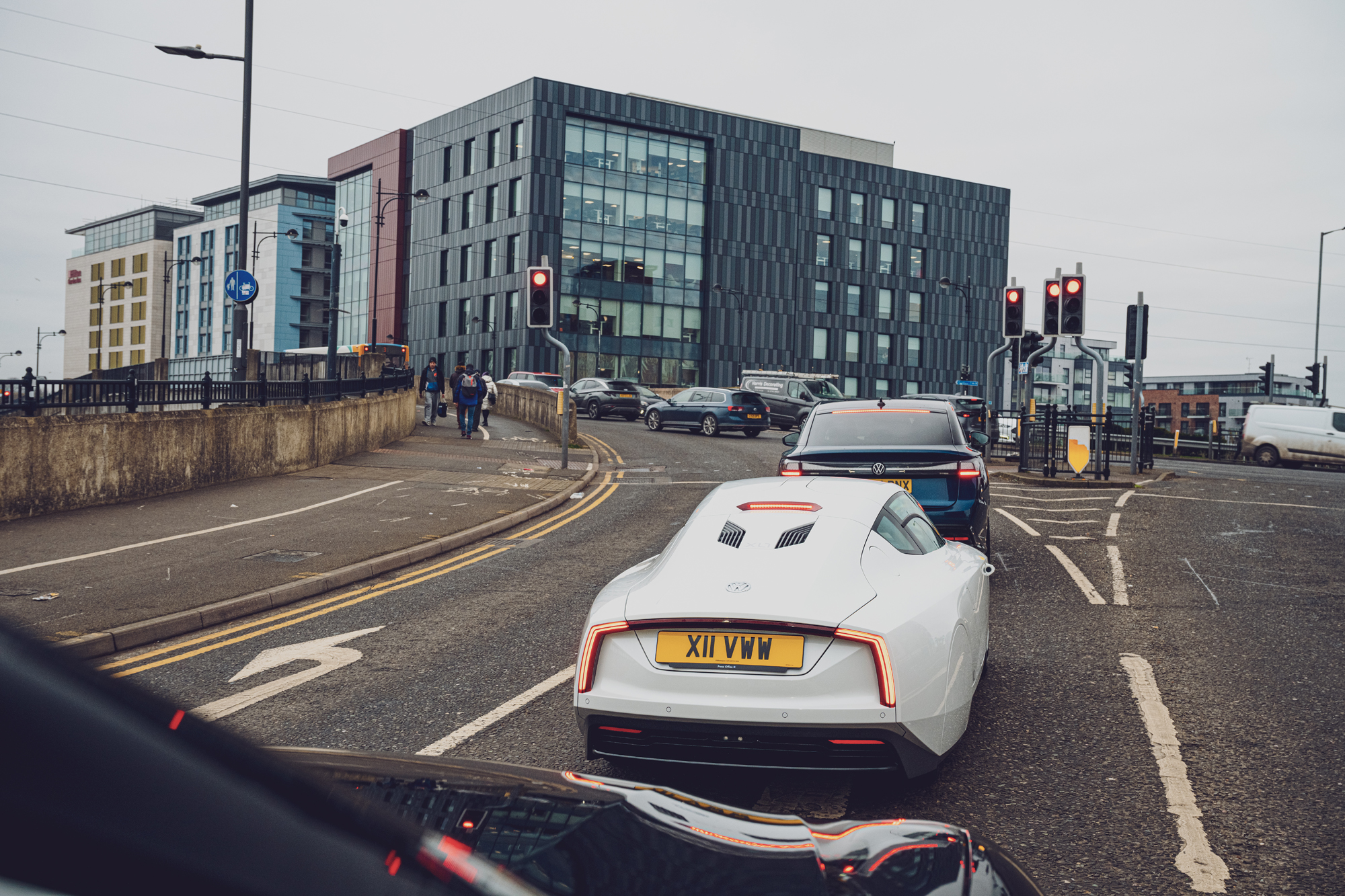


You sit low to the ground in an XL1 and yet it’s entirely comfortable. The door pull is only a short reach away and it glides down easily, leaving you cocooned in a snug yet perfectly roomy cabin. You notice how the passenger seat is offset a little behind you, the better for packaging that all-important eco-teardrop plan view. The cabin is bereft of digital complication, with simple rotary ventilation controls sourced from a contemporaneous Up city car, a stubby old-school automatic gearlever and basic, analogue dials in front of you. Betraying its age is the afterthought Garmin screen clipped to the top of the dashboard for audio, nav and trip computer functions. Simple, outdated but effective.
It was built, largely by hand, at the old Karmann factory in Osnabrück. The build quality is astonishing, with excellent fit and finish, and remarkable attention to detail. If your expectations of low-volume cars were set by, for instance, the Alfa Romeo 4C, you’ll be very pleasantly surprised by how beautifully this is finished. Piëch, who died in 2019, always insisted on high standards.

Settle behind the simple, uncluttered steering wheel, strap in and press the starter button for keyless ignition. Visibility forward is sublime and even those plastic side windows-within-windows afford a decent view out. Just remember there’s no – and I mean none at all – visibility out of the back. With the two-cylinder 0.8-litre turbodiesel slung amidships, there is no room for a rear window and you must instead rely on those digital cameras, one in either door. They’re pretty effective in lieu of a conventional, centrally mounted rear-view mirror, but reversing manoeuvres are a bit hairy and best avoided. You’ll be relying on beeping audio parking sensors and guesswork.
Snick the gearlever into Drive and we pull away. The XL1 is a diesel plug-in hybrid and, so long as you charged the battery up beforehand, you’ll creep away near-silently using only the electric motor. That advanced construction using carbonfibre reinforced plastic, magnesium and aluminium keeps the kerbweight to 795kg – an unfathomably low figure in the same ballpark as an original Lotus Elise. The absence of weight and aerodynamic drag creates a virtuous circle, boosting acceleration, economy and handling.
You surf the 103lb ft of torque available from the modest 20kW electric motor to keep up with traffic, darting into gaps and enjoying onlookers’ jaws hit the floor as you glide past. The electric-only range of the XL1 is just 31 miles, owing to the diminutive 5.5kWh battery, and pretty soon the diesel component of the hybrid set-up awakes from its slumber. You know when it happens, as the two-cylinder TDI is clattery and vocal; it’s essentially half of the four-cylinder diesel engine used in the Polo and Golf at the time. In the name of weight reduction there’s not much soundproofing.
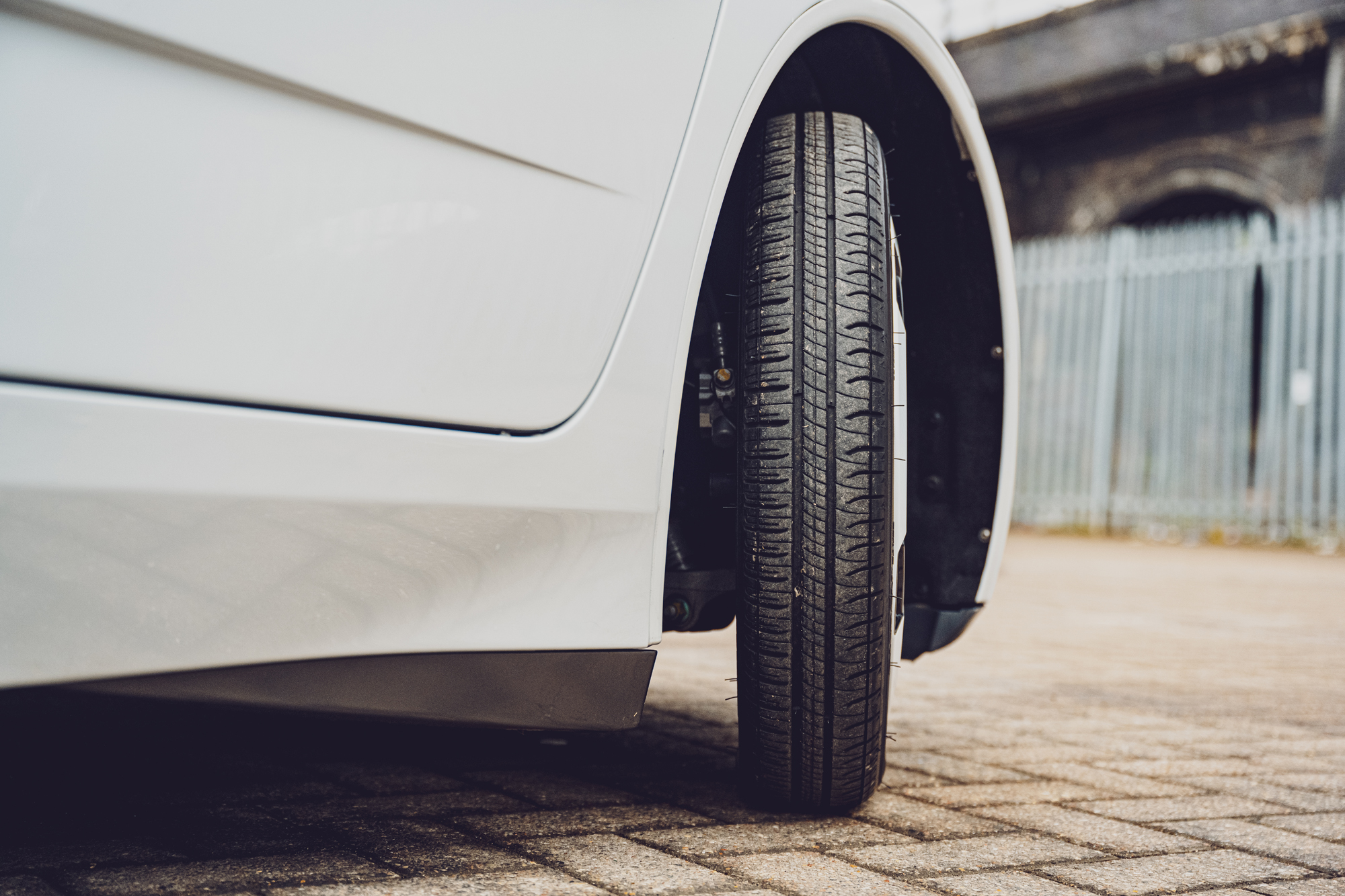
I quickly start racking up extraordinary efficiency figures. Start with a fully charged battery and you’ll easily notch up 200mpg driving around town and cross-country. Coast along a straight or down a hill and you’ll feel the low rolling resistance and slippery aero at play. You really do glide through the air and even when it’s operating as a diesel, I regularly see 80-100mpg on the trip computer.
This is by far the most economical car I’ve ever tested. I drove it every day for a week-and-a-half and only had to fill up the tiny 10-litre fuel tank once – at a cost of £16.31. That’s extraordinary efficiency. The XL1 leaves you wondering why modern cars are so anonymous, why they’re so heavy and bulky, why they’ve adopted so few of the technologies pioneered on this radical Volkswagen from a decade ago. Clearly not every aspect of a tiny two-seater with minimal luggage capacity and modest performance will transfer to family-size cars, but some of these ideas could have been explored further.
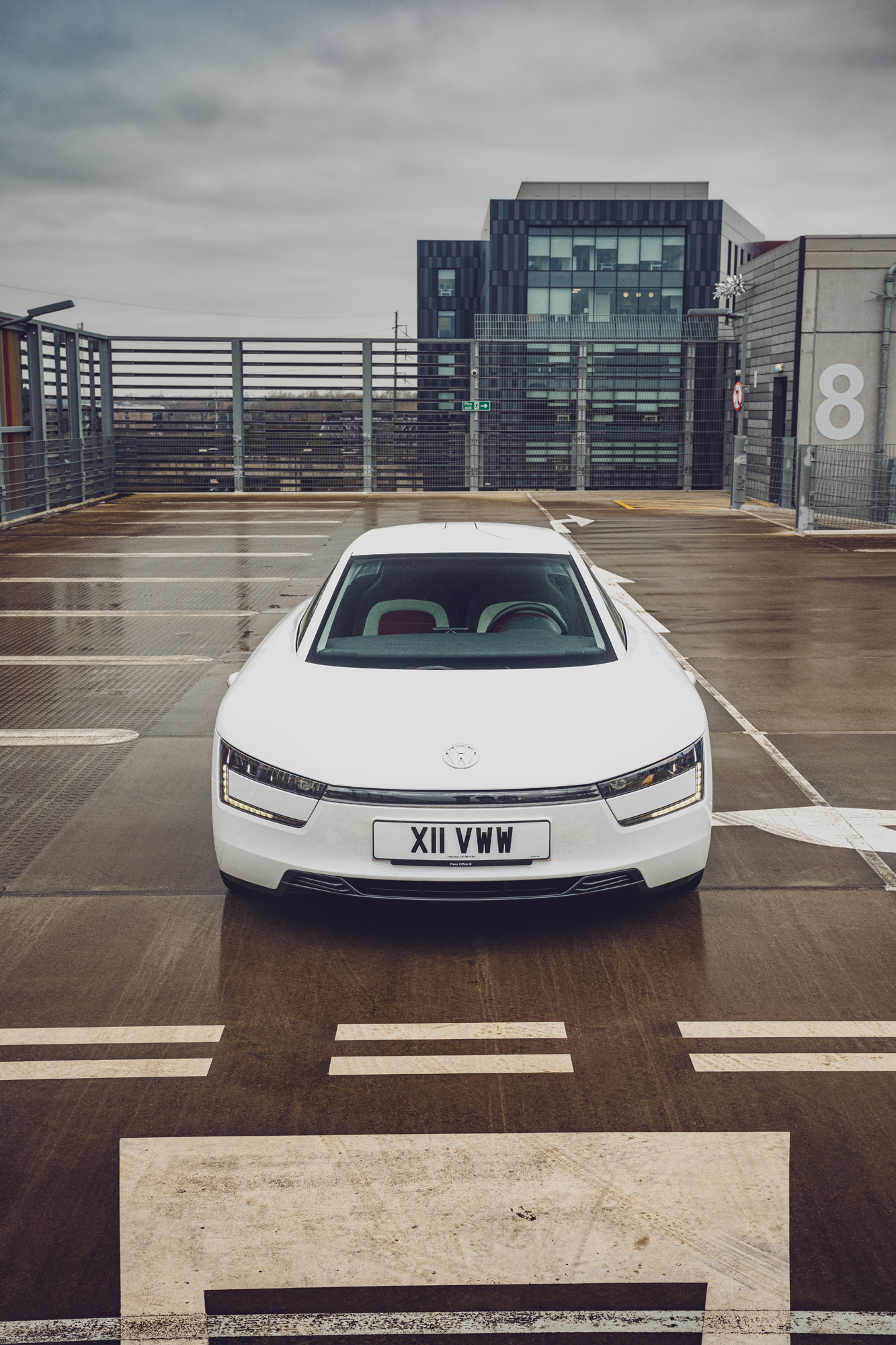
The VW XL1 is a reminder that modern cars have become bloated and flabby: excess mass and bluff aerodynamics inherent in the dominant SUV and crossover bodystyles are the enemy of efficiency and performance – yet society blithely hoovers them up, as we follow the American-inspired trend for bigger = better. If only Ferdinand Piëch were still around to persuade us that less is actually more.
This decade-old Volkswagen might just represent the automotive industry’s Concorde moment. Nothing I’ve driven since has felt half as advanced.

